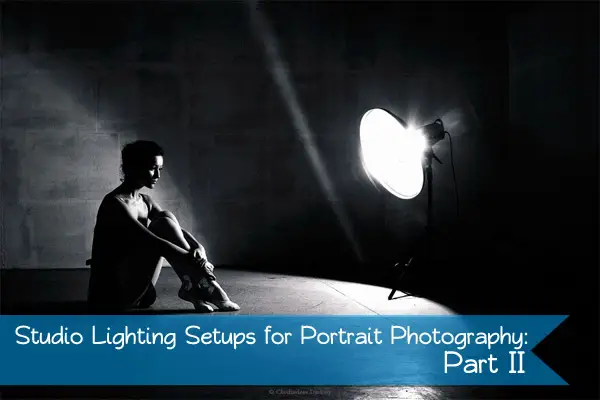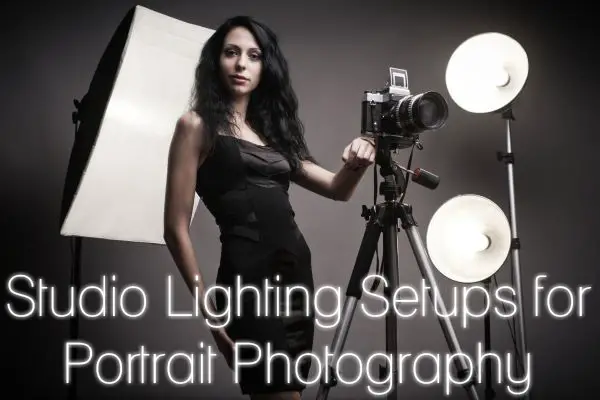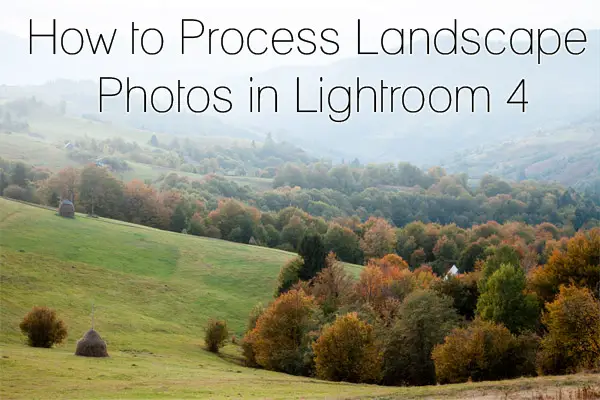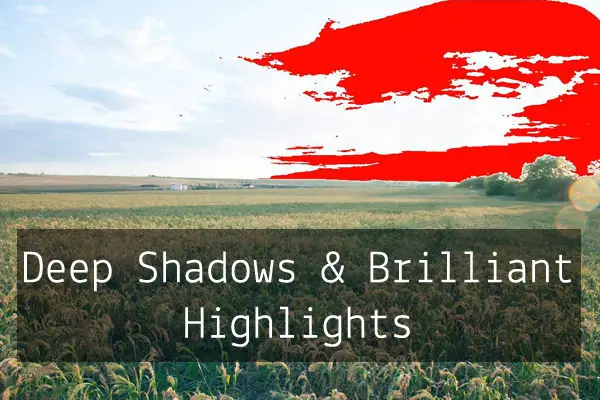At last, here is the photo course that you have always wanted to do but never had the time!
The majority of new camera owners just want to know some of the key basics so that they can take good images and enjoy them.
At last, here is the photo course that you have always wanted to do but never had the time!
The majority of new camera owners just want to know some of the key basics so that they can take good images and enjoy them.
There are only 7 basic notes in music. There are only three colors on a computer screen. So, digital photography should not be that difficult. But ok, forget it, we all know it is too good to be true. When all you have is a set of bricks, building a castle does not become easier.
Enough metaphors for now – let’s talk about postprocessing.
“Good artists copy, but great artists steal”
Pablo Picasso
… Continue reading How to Steal without Stealing: Hack Your Post-Processing With Lightroom Presets
One of the easiest and most common techniques that photographers use to make their photos look more interesting and professional is to use a shallow depth of field. Depth of field refers to the distance between the nearest and farthest parts of an image that appear sharp or in focus. When a photo has a shallow depth of field, only a small portion is in focus, while the rest is blurry.
It may seem a bit counter-intuitive that photographers purposefully create mostly-blurred photographs; however the shallow depth of field effect is actually closer to the way we see with our eyes. As you look at this page, for example, only the text is in focus, while everything else in your vision blurry.
Taking photographs that have shallow depth of field usually requires a nice lens, or at least, an expensive camera. However, it is possible to digitally simulate shallow depth of field using Adobe Photoshop.
… Continue reading How to Digitally Add Shallow Depth of Field
This is another in a series of articles on studio lighting that I put together with help from Karl Leopold at ImagesForever.net in Melbourne, Florida. Karl graciously opened his studio to me and patiently went through the basics of lighting a studio portrait.

Last time we went over a fairly basic three-point lighting setup for studio photography and that was fun and you can do quite a lot just by moving the lights around and adjusting your camera settings. But for many only using three lights left you wanting more.
More lights, you say! You want to burn more power! Yeah, buddy, now you’re talking my language! So you want it bigger; well, my friend, step right this way.
… Continue reading Studio Lighting Setups for Portrait Photography: Part II
Did you know that ‘getting organized’ is one of the top ten New Year’s resolutions? It’s true! So let’s roll up our sleeves and get to tidying up your lightroom editing process. Lightroom, after all, is an archive of your work, a database of your creative content.

Having a streamlined system will allow you to minimize your editing and post-processing time. Don’t let those digital dust bunnies pile up!
… Continue reading How to Get Your Lightroom Catalogue Perfectly Organized
This begins a series of articles on studio lighting that I put together with help from Karl Leopold at ImagesForever.net in Melbourne, Florida. Karl graciously opened his studio to me and patiently went through the basics of lighting a studio portrait.
Portrait lighting is one of those deceptive subjects where it’s easy to grasp the concept, but can take years to master the application. Yet when all the pieces come together it can be magic. Getting all the move parts of a great portrait to come together at the same time can be a little frustrating, but all the effort seems like nothing the first time you see a great portrait hanging on the wall and realize you shot that!

A great portrait is one that the subject and people who know them leave on the wall for decades, a shot that not only shows what a person looked like but defines them. But before the glory comes the tough march up the hill of learning.
Some elements of studio photography are surprisingly technical and to keep it from sounding like a university lecture,
… Continue reading Studio Lighting Setups for Portrait Photography
Lightroom is a powerful editor with a huge set of tools, though we usually need a limited set for specific photo types.
So I’d like to go through editing of a landscape photo to see what cool things Lightroom offers us.

Let’s see what we can do on the example of one of my photos I took in the Carpathian Mountains this October.
… Continue reading How to Process Landscape Photos in Lightroom
Autumn is a perfect time for taking pictures. And when it comes to celebrations, it becomes twice as attractive for photographers, because there are so many things worth our attention – the joyful people, the traditions, and the beauty of nature.
All this we can find in Halloween celebrations – a cocktail of inspiration for making creative photos!
… Continue reading A Few Tips on Getting Awesome Halloween Photos
Both beginners and advanced photographers often encounter problems with blown-out highlights and underexposed shadows.

In two words, it’s when there is absolutely no detail left in dark and bright parts of the photo. It is also called clipping.
Light painting photography is also known as light drawing or light graffiti. This photographic technique is wide spread among professional and amateur photographers thanks to its simplicity and beauty.
To take such photos will not took much time, so you can try it whenever you want. You just need to have
There are a few video tutorials on how to take light painting photography. There you’ll find some basic tutorials and some advanced ones but still they are understandable and easy to apply.
Moreover, you can also look through the following related articles:
… Continue reading Painting with Light: Tutorials and Photos